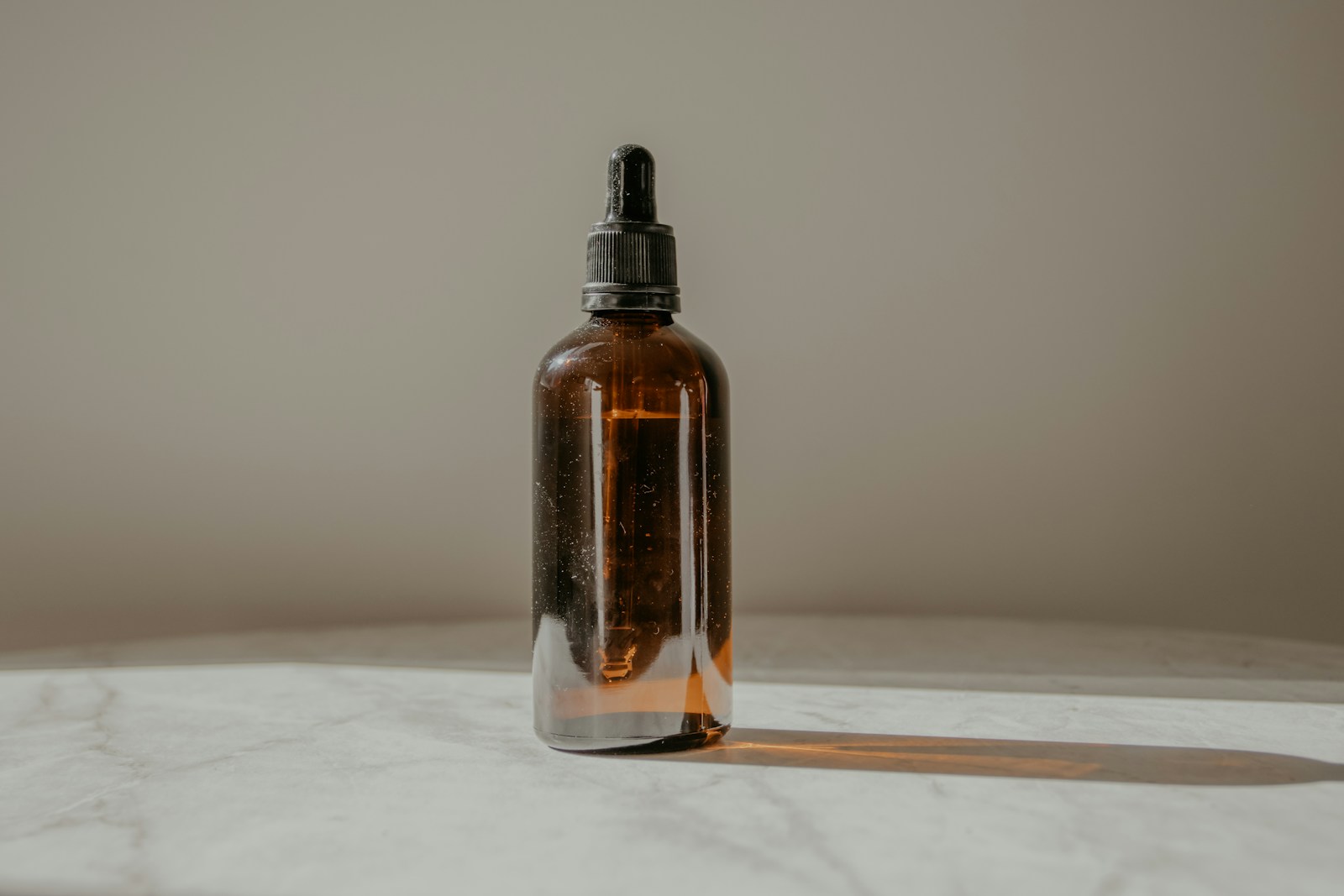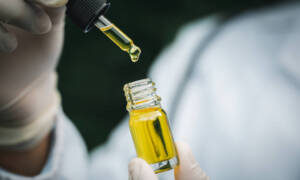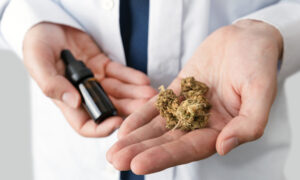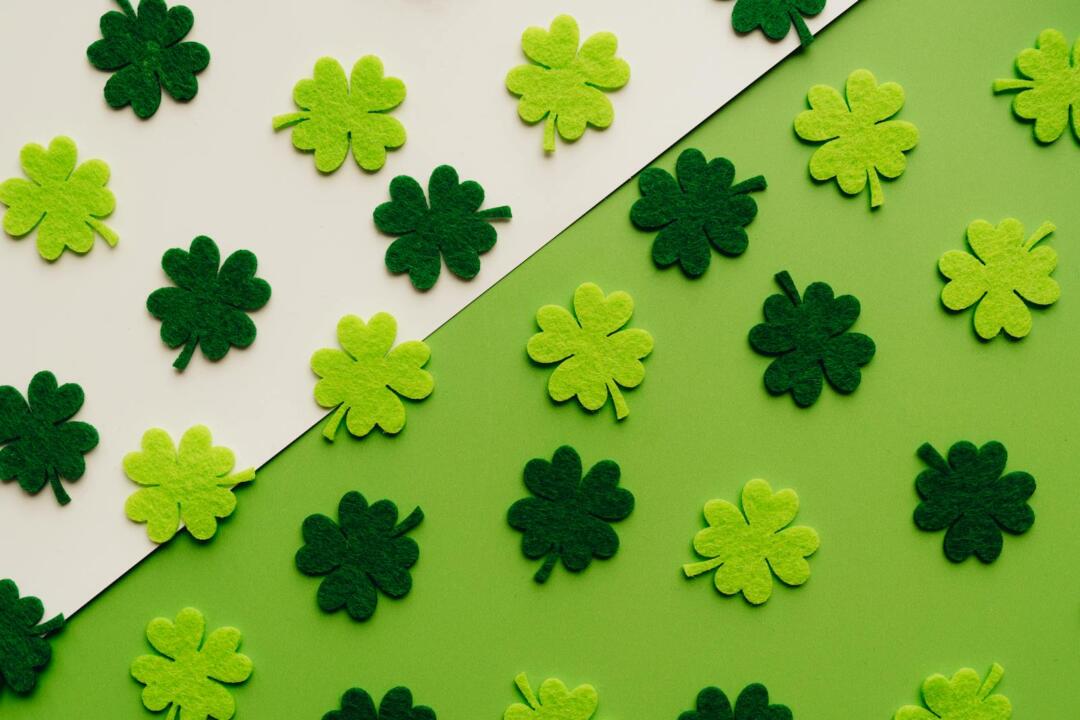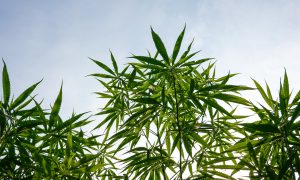It is one of the iconic festivals and sits at the center of music, culture and cannabis.
Lollapalooza is one of OG music festivals with a rich history spanning over three decades. It was conceived and created in 1991 by Perry Farrell, the lead singer of Jane’s Addiction, as a farewell tour for his band. What began as a traveling music festival quickly evolved into a cultural phenomenon which has left an indelible mark on the music industry. This year’s line up includes Tyler the Creator, The Killers, Hozier, Stray Kids and more. With all the excitement, crowds and music…what is the connection between Lollapalooza and marijuana?
RELATED: Music Is A Turn On Like Sex And Marijuana
Lollapalooza has become increasingly intertwined with cannabis culture in recent years, especially since Illinois legalized recreational use in 2020. The four-day festival in Chicago’s Grant Park has seen a significant uptick in cannabis consumption and sales, reflecting broader trends in festival drug use and the growing acceptance of marijuana.

In 2021, Illinois experienced record-breaking cannabis sales during the month of Lollapalooza, with nearly $128 million in total recreational receipts. This surge was largely attributed to out-of-state visitors attending the festival, with some nearby dispensaries reporting sales increases of up to 50%. The legalization of marijuana has created a new dynamic for both festival organizers and attendees, with dispensaries gearing up for the influx of customers during the event.
Despite the legal status of cannabis in Illinois, it’s important to note consuming is still prohibited in Chicago parks, including Grant Park where Lollapalooza takes place. However, enforcement appears to be relatively lax, with many attendees reporting they’ve been able to consume cannabis without significant issues. And with vapes, oils and edibles, it is much more discreet. The festival has adapted to this new reality, with some dispensaries offering innovative solutions like shuttle services and even mobile smoking lounges to cater to festivalgoers.
A 2018 survey of festival attendees revealed that marijuana was the second most commonly used substance at music festivals, after alcohol. More recent data suggests this trend is continuing, with a 2024 poll indicating that 65% of festival-goers plan to consume cannabis at events.Lollapalooza consistently ranks among the top festivals for drug use, including marijuana
RELATED: The Science Behind Why Music Sounds So Much Better When You’re High
The intersection of Lollapalooza and marijuana has also had economic implications for Chicago and Illinois. The increased cannabis sales during the festival period contribute significantly to tax revenues, with Illinois reportedly taking in more tax dollars from marijuana than alcohol in early 2021. This financial boost has allowed the state to fund various social equity programs and community initiatives.
As Lollapalooza continues to evolve alongside changing cannabis laws and cultural attitudes, it serves as a microcosm of the broader shifts occurring in society. The festival’s relationship with marijuana highlights the complex interplay between music, culture, law enforcement, and economic factors in the ongoing cannabis legalization movement.

 Cannabis News2 years ago
Cannabis News2 years ago
 One-Hit Wonders2 years ago
One-Hit Wonders2 years ago
 Cannabis 1012 years ago
Cannabis 1012 years ago
 drug testing1 year ago
drug testing1 year ago
 Education2 years ago
Education2 years ago
 Cannabis2 years ago
Cannabis2 years ago
 Marijuana Business Daily2 years ago
Marijuana Business Daily2 years ago
 California2 years ago
California2 years ago


